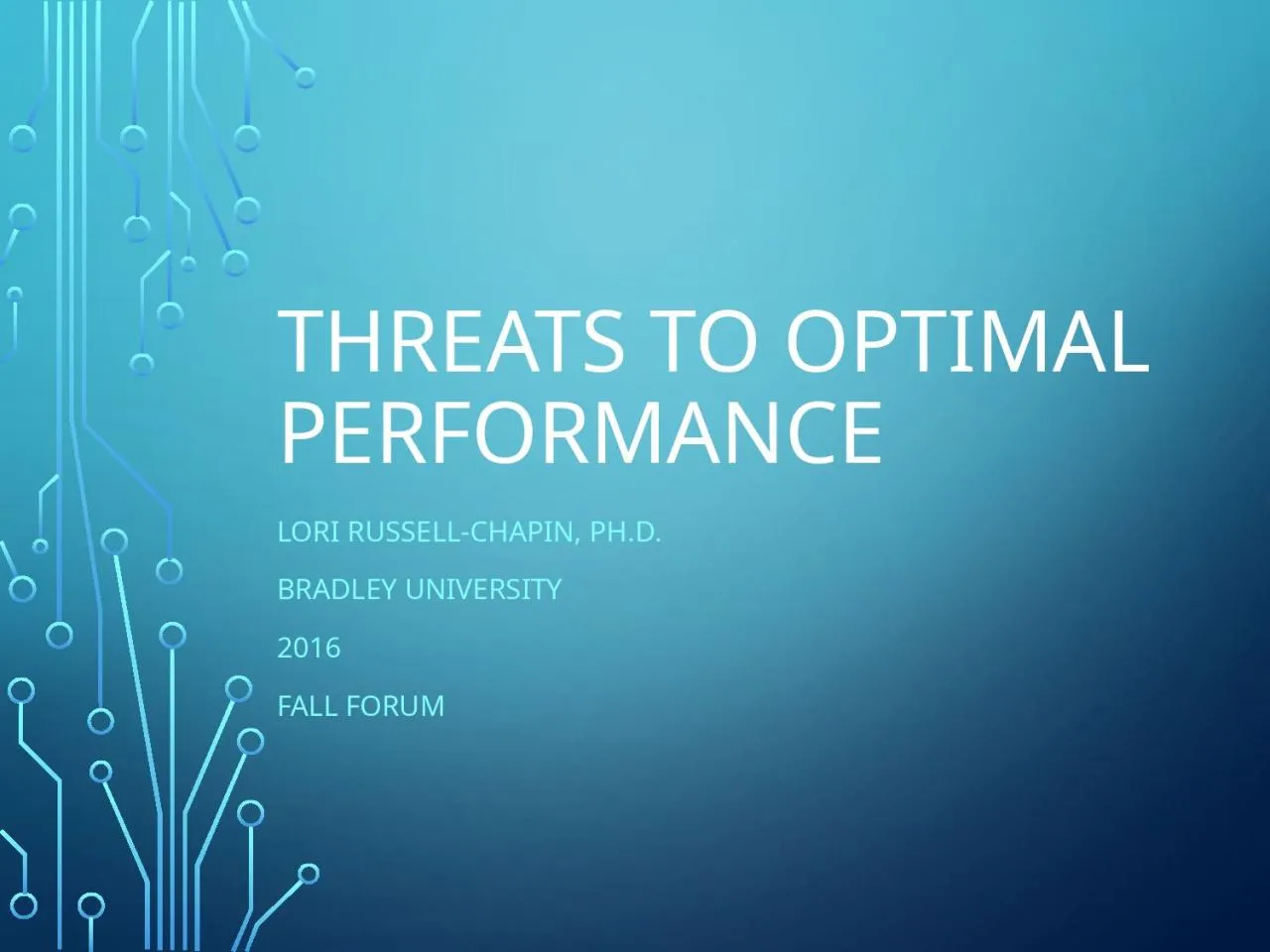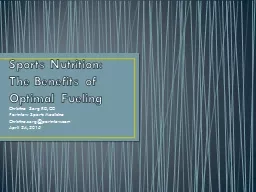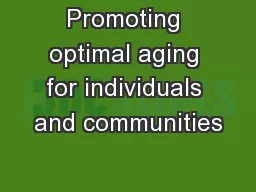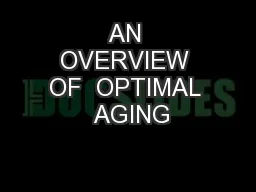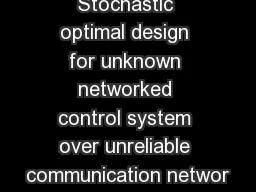PPT-Threats to Optimal Performance
Author : leah | Published Date : 2022-06-01
Lori RussellChapin PhD Bradley University 2016 Fall Forum Objectives Understand how learning capacity can be impoverished or embellished Define resiliency optimal
Presentation Embed Code
Download Presentation
Download Presentation The PPT/PDF document "Threats to Optimal Performance" is the property of its rightful owner. Permission is granted to download and print the materials on this website for personal, non-commercial use only, and to display it on your personal computer provided you do not modify the materials and that you retain all copyright notices contained in the materials. By downloading content from our website, you accept the terms of this agreement.
Threats to Optimal Performance: Transcript
Download Rules Of Document
"Threats to Optimal Performance"The content belongs to its owner. You may download and print it for personal use, without modification, and keep all copyright notices. By downloading, you agree to these terms.
Related Documents

